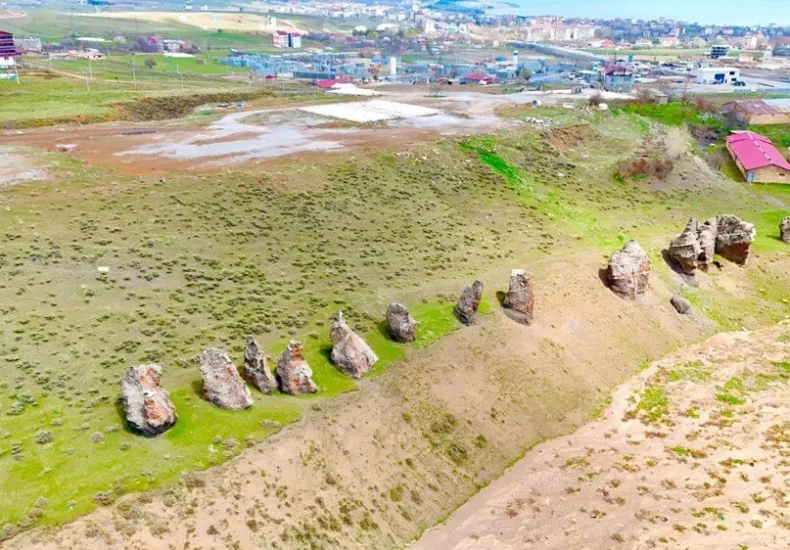
Figures Defying Time and Man: Nemrut’s Camels Are Disappearing
Located in the Tatvan district of Bitlis, the unique rock formations known locally as “Nemrut’s camels” are rapidly facing extinction due to both natural erosion and human-induced damage. These volcanic stones, formed after eruptions from Mount Nemrut, gradually took on shapes resembling animals and human figures, becoming part of local legends and folklore.
According to local belief, these stones represent the people and camels of Nemrut who, as a result of his tyranny, were cursed and turned to stone. Lining the roadside between Tatvan and Ahlat for years, these silent figures have drawn the curiosity of visitors and held cultural significance for the community. However, today this exceptional natural and cultural heritage is under serious threat.
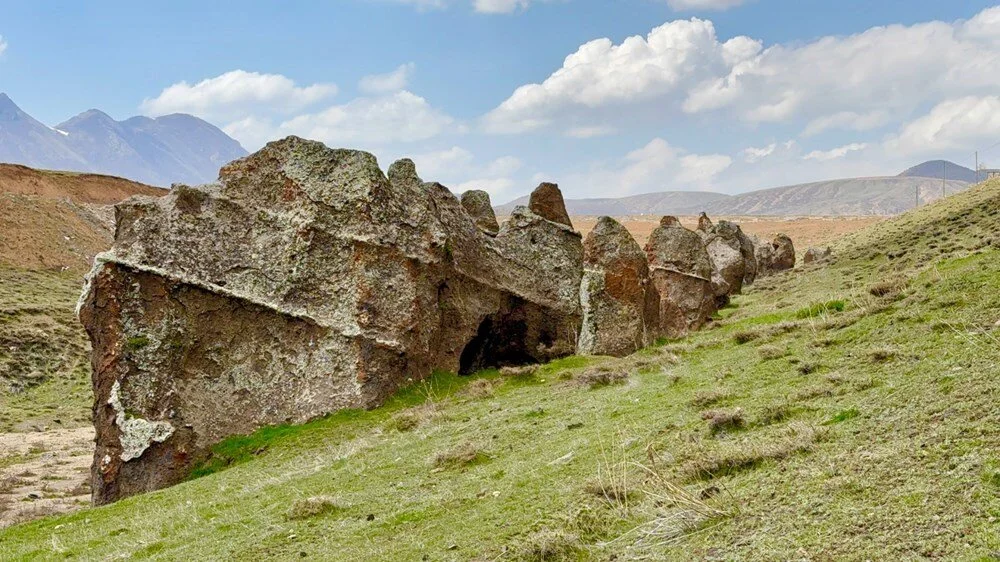
Despite being declared a first-degree natural protected area in 2010, Nemrut’s camels have not been effectively preserved. The lack of adequate protection measures and oversight has led to the destruction of some stones, while others have been used in road construction projects.
Prof. Dr. Mehmet Demirtaş from the Faculty of Arts and Sciences at Bitlis Eren University emphasizes that merely declaring a site as protected is not enough. “We know that these stones were once much more numerous. But in recent years, there has been a significant decline. The absence of on-site protection policies and conscious preservation efforts is one of the main reasons behind this loss,” he states, underlining the gravity of the situation.
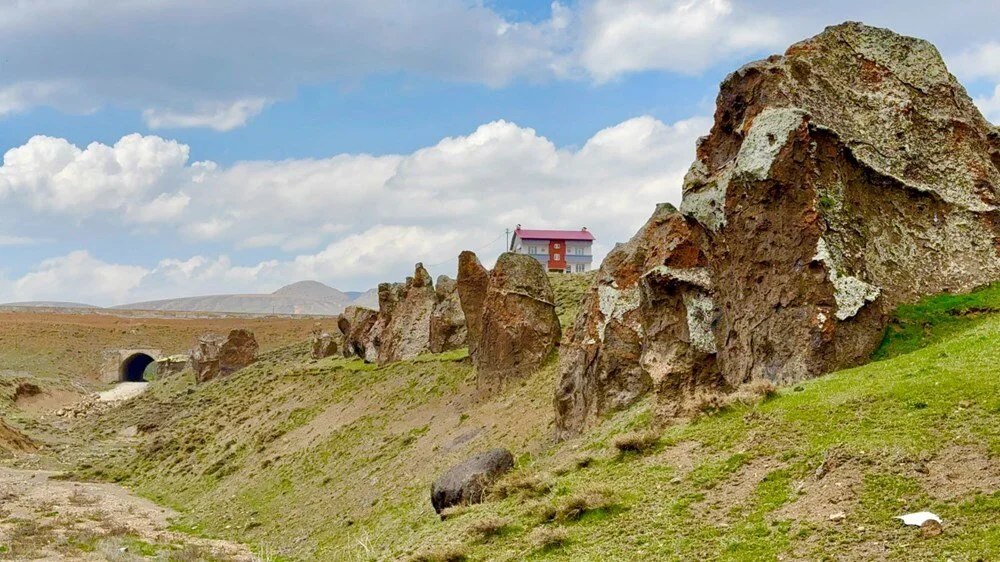
Today, the few remaining stones stand as the final figures resisting the harshness of both nature and humanity. Protecting them means preserving not only a natural wonder, but also the collective memory and ancient stories of a people.
You may also like
- A 1700-year-old statue of Pan unearthed during the excavations at Polyeuktos in İstanbul
- The granary was found in the ancient city of Sebaste, founded by the first Roman emperor Augustus
- Donalar Kale Kapı Rock Tomb or Donalar Rock Tomb
- Theater emerges as works continue in ancient city of Perinthos
- Urartian King Argishti’s bronze shield revealed the name of an unknown country
- The religious center of Lycia, the ancient city of Letoon
- Who were the Luwians?
- A new study brings a fresh perspective on the Anatolian origin of the Indo-European languages
- Perhaps the oldest thermal treatment center in the world, which has been in continuous use for 2000 years -Basilica Therma Roman Bath or King’s Daughter-
- The largest synagogue of the ancient world, located in the ancient city of Sardis, is being restored

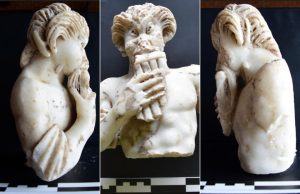
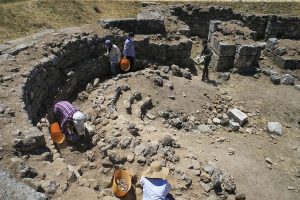
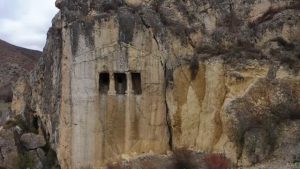
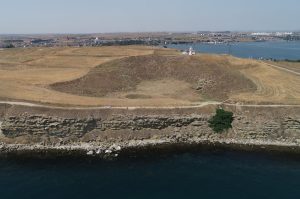
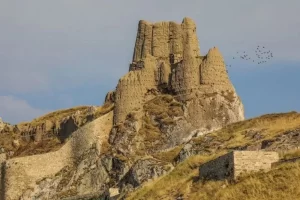
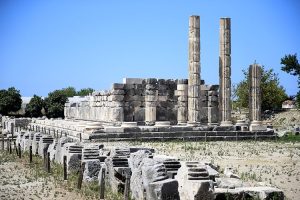
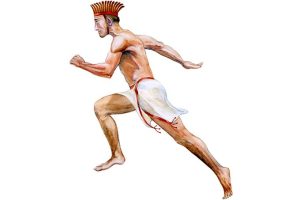

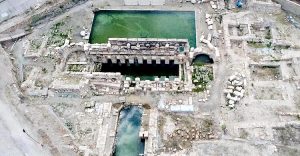
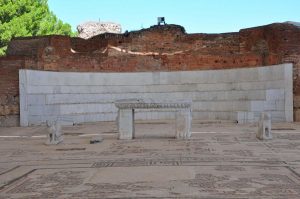
Leave a Reply